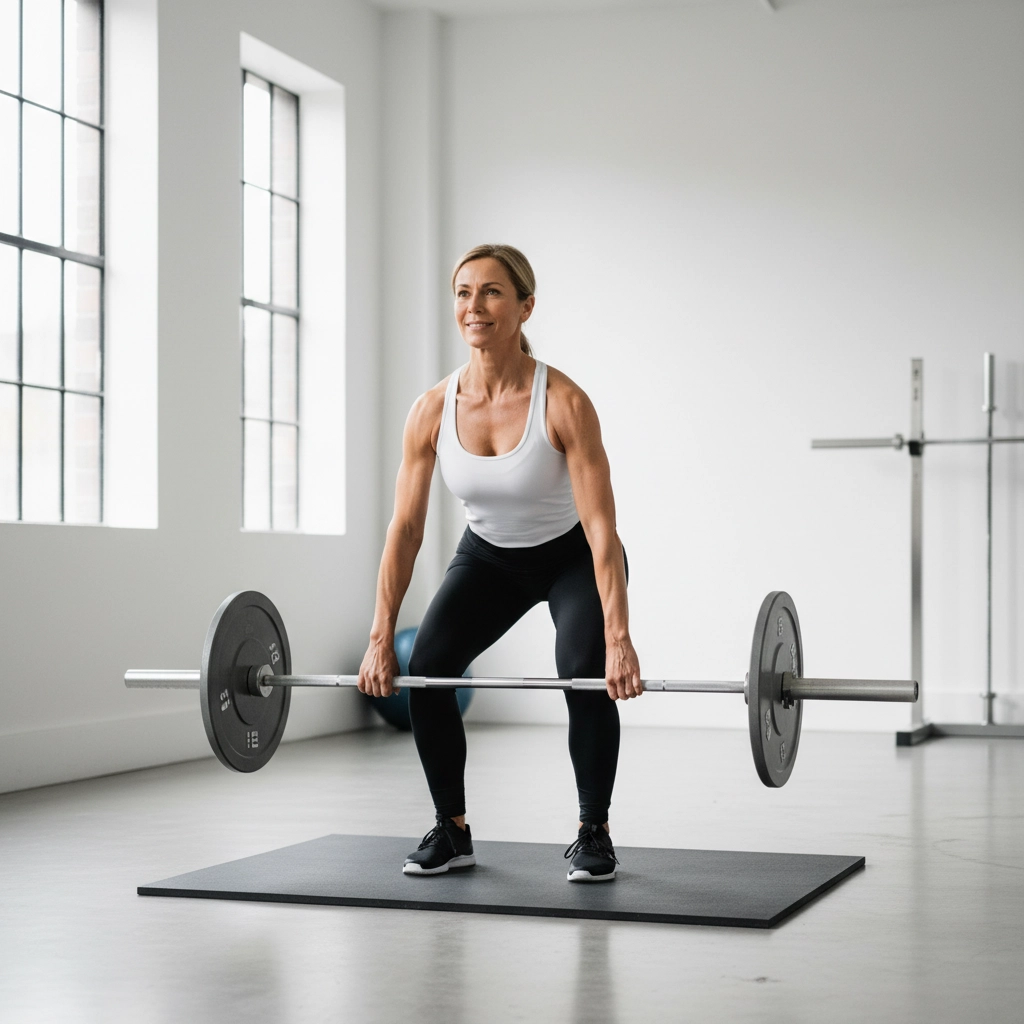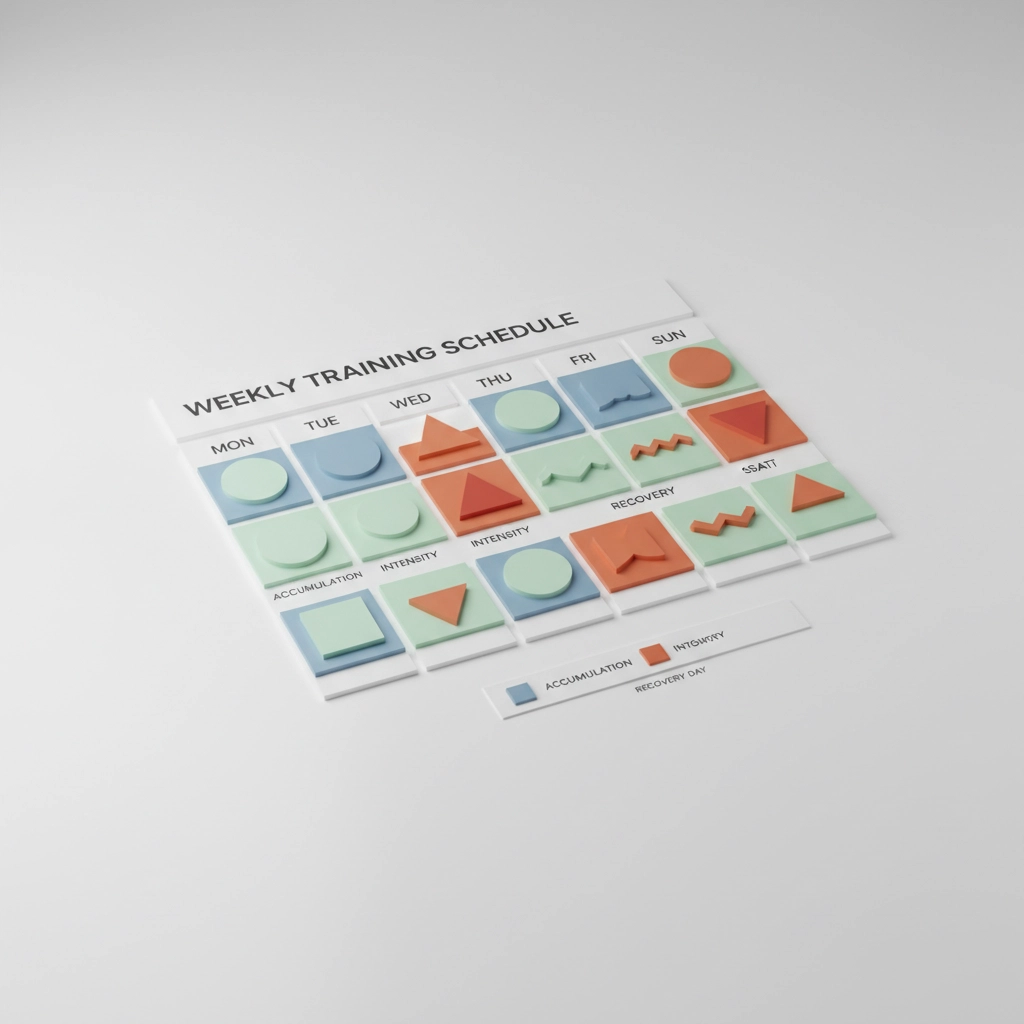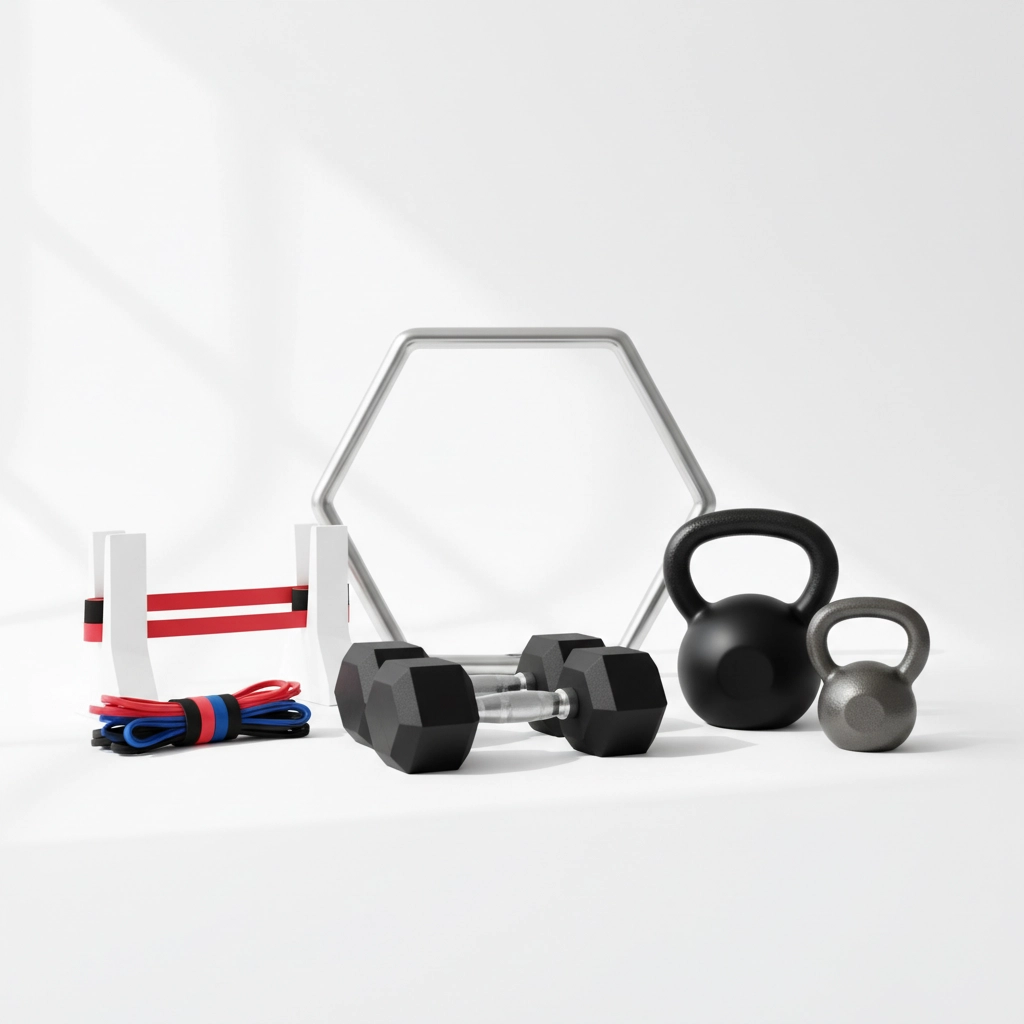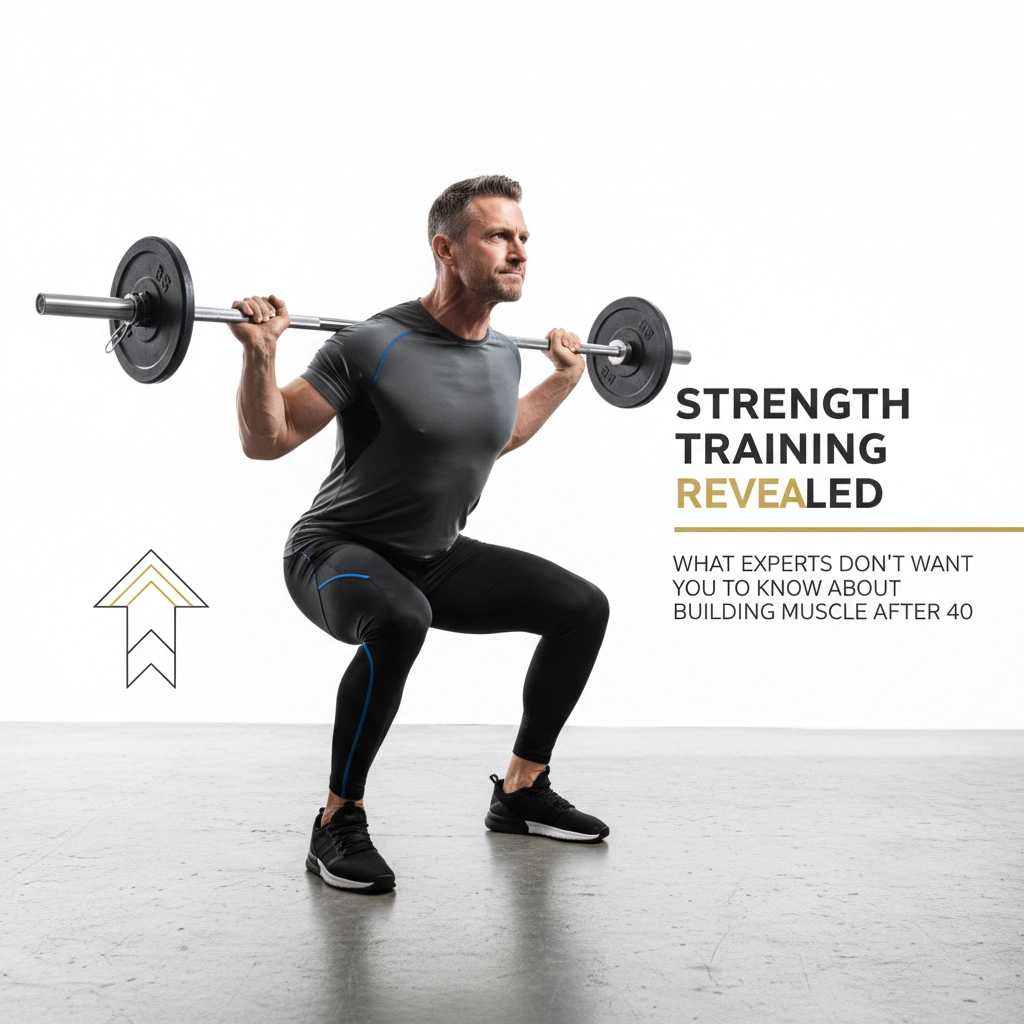Strength Training Secrets Revealed: What Experts Don't Want You to Know About Building Muscle After 40
Let's get something straight right off the bat: the idea that you can't build serious muscle after 40 is complete nonsense. I've seen too many people buy into this myth and basically give up on their strength goals because they hit some arbitrary age milestone.
The truth is, your body doesn't suddenly become incapable of building muscle the moment you blow out 40 candles. Research actually shows that muscle growth potential stays remarkably consistent from your twenties well into your forties and beyond. Studies of high-level older athletes found no significant loss of lean body mass or strength from age 40 all the way up to 81 years old.
So what's really going on here? Why do so many people struggle with building muscle after 40 if age isn't the real culprit?
The Recovery Time Myth That's Holding You Back
Here's one of the biggest lies floating around fitness circles: "Once you hit 40, you need way more recovery time between workouts."
This is mostly garbage. While yes, recovery does slow down slightly as we age, the difference isn't nearly as dramatic as people make it out to be. Most of what we blame on "getting older" is actually just the result of years of inactivity, poor sleep, crappy nutrition, and general life stress.
The real secret? You can probably handle more frequent training than you think. The key is being smarter about how you structure that training, not necessarily doing less of it.

Work Smarter, Not Harder: The Accumulation Game
This is where most people over 40 get it wrong. They think they need to constantly push maximum intensity, grinding through heavy singles and doubles like they're training for a powerlifting meet.
Here's what actually works: spend more time in what we call "accumulation phases." These are periods where you focus on volume-driven training specifically for muscle growth. Think moderate weights in the 8-12 rep range, controlled tempos, and reasonable rest periods.
A good rule of thumb? For every block of high-intensity training you do, spend two or three blocks accumulating volume. This approach is easier on your joints, builds more muscle, and honestly feels way better day-to-day.
Less Is Actually More: Simplify Your Workouts
I see this all the time at our gym – people over 40 trying to cram 12 different exercises into every session because they read some article about "muscle confusion" or whatever.
Stop it. Just stop.
Four to five well-executed exercises per session is plenty. Focus on movements that give you the biggest bang for your buck – pushing, pulling, squatting, hinging at the hips, and carrying things. Master these patterns, and you'll build more muscle than someone doing endless isolation exercises.
Your body doesn't need confusion; it needs consistency and progressive overload applied intelligently.
The Exercise Selection Game-Changer
Not all exercises are created equal, especially after 40. The worst exercises for building muscle at this age aren't necessarily "bad" exercises – they're exercises you can't perform safely with good form.
Here's the thing: classic barbell movements like heavy back squats, deadlifts from the floor, and bench presses can be problematic. Not because they're inherently dangerous, but because they require excellent mobility and technical skill that many people simply don't have.

Vertical pressing movements (like overhead presses) and hip hinge patterns from the floor tend to cause the most issues. Your shoulders might not have the mobility for overhead work, or your hip mobility might make floor deadlifts feel terrible.
The solution? Find variations that work for YOUR body. Goblet squats instead of back squats. Trap bar deadlifts instead of conventional. Dumbbell presses instead of barbell bench. There's no exercise you absolutely must do to build muscle.
Strategic Exercise Timing
Here's a trick most trainers won't tell you: you don't always have to do your compound lifts first in your workout. I know, I know – this goes against everything you've been told.
But for some people over 40, moving those big compound movements later in the workout with lighter loads can provide similar muscle-building benefits while being easier on the joints. You're already warmed up, your movement patterns are dialed in, and you're not trying to lift maximum loads when your body is still getting into gear.
This works especially well if you've got solid technique and some training experience under your belt.
The Warm-Up Revolution
Your warm-up shouldn't be some generic 10-minute routine of arm circles and leg swings. It should be targeted and purposeful.
Take each muscle group through its full range of motion. Activate the stabilizers that are about to do heavy work. Gradually ramp up to your working weight rather than jumping straight into the deep end.
A smart warm-up for someone over 40 might take 10-15 minutes, but it's preparing your body for the exact work ahead, not just getting your heart rate up.

The Numbers That Actually Matter
Forget about chasing your 20-year-old PRs. Instead, focus on 2-3 sets of 8-12 reps, performed 2-3 times per week, hitting all major muscle groups.
Start lighter than you think you need to and progress gradually. Emphasize slow, controlled movements over moving heavy weight with sloppy form. Your ego might not love this approach, but your muscles and joints will thank you.
The magic happens in the consistent application of moderate loads over time, not in sporadic heroic efforts that leave you beat up for a week.
Beyond the Iron: The Supporting Cast
Building muscle after 40 isn't just about what happens in the gym. Your recovery game needs to be on point.
Sleep becomes non-negotiable. Seven to nine hours of quality sleep isn't just nice to have – it's when your body actually builds the muscle you've been working for. Poor sleep tanks your testosterone levels, increases cortisol, and makes everything harder than it needs to be.
Nutrition doesn't have to be complicated, but it does have to be consistent. Get adequate protein (aim for about 1 gram per pound of body weight), eat enough carbs to fuel your workouts, and don't be afraid of healthy fats.
Mobility work isn't optional anymore. Spend 10-15 minutes after your workouts addressing the areas that feel tight or restricted. Your future self will thank you.
The Real Secret
Here's the thing nobody wants to tell you: most muscle loss after 40 isn't inevitable age-related decline. It's training incorrectly – either doing too little, doing too much, using the wrong exercises, or neglecting all the supporting elements.
The real secret isn't some revolutionary new training method. It's doing the basics consistently, intelligently, and for a long time. Fewer exercises performed well beats throwing everything at the wall. Progress comes from repeated exposure to quality work, not from novelty or exhaustion.
Your 40s can absolutely be your strongest, most muscular decade yet. It just requires a slightly different approach than your 20s – one that's actually smarter, more sustainable, and honestly, more enjoyable.
The iron doesn't discriminate based on age. Your muscles are still capable of incredible things. It's time to stop making excuses and start making gains.
Ready to put this into practice? Start your strength journey with a program designed specifically for people who want to build real, lasting strength and muscle – regardless of when they were born.


Comments
Post a Comment